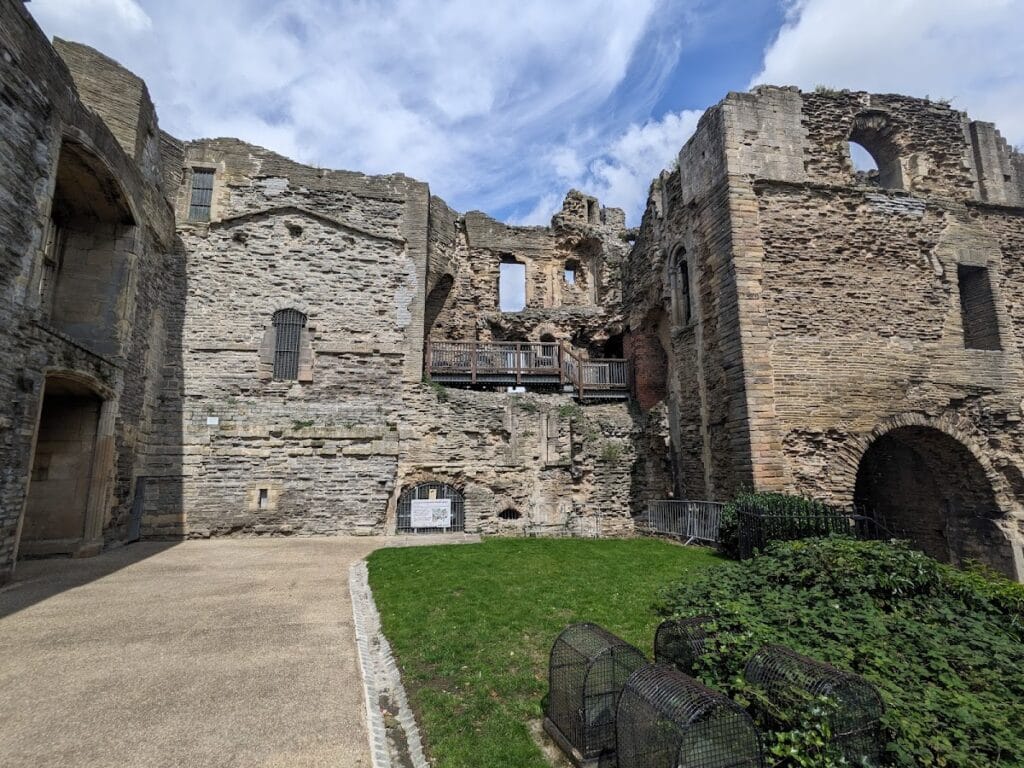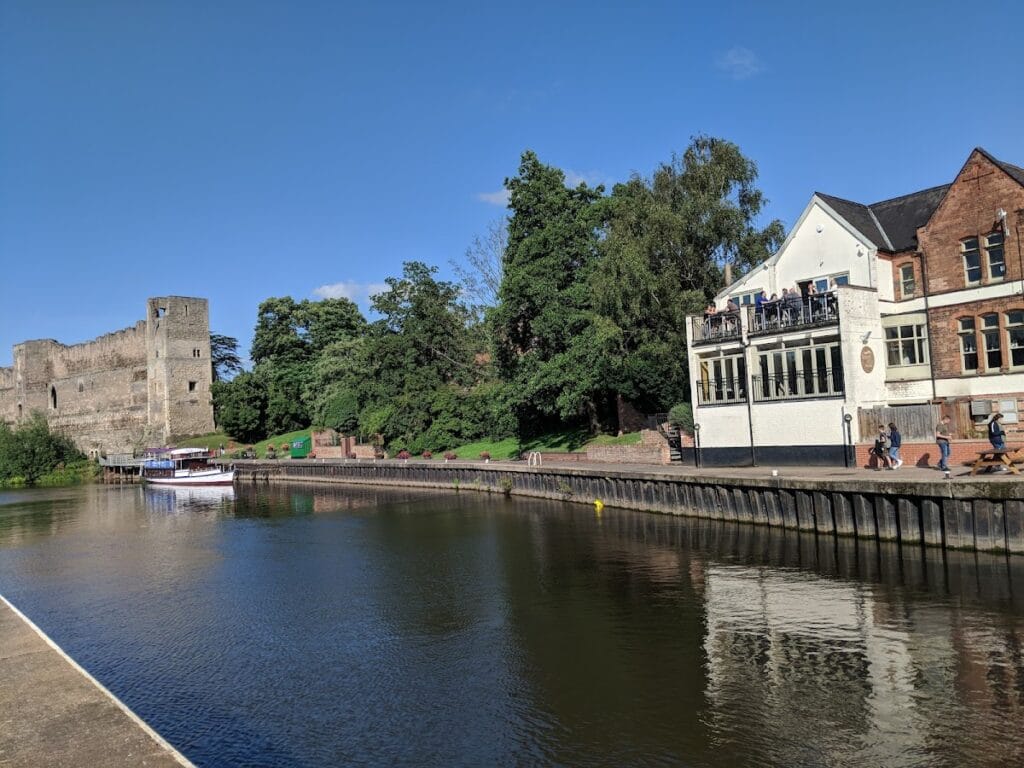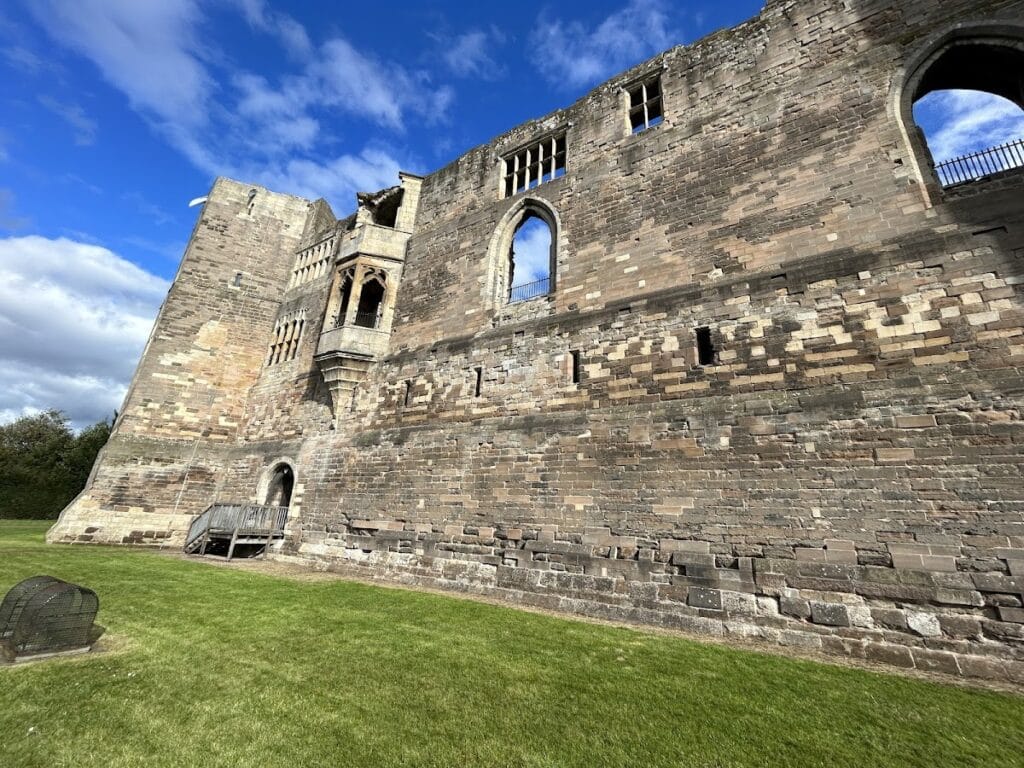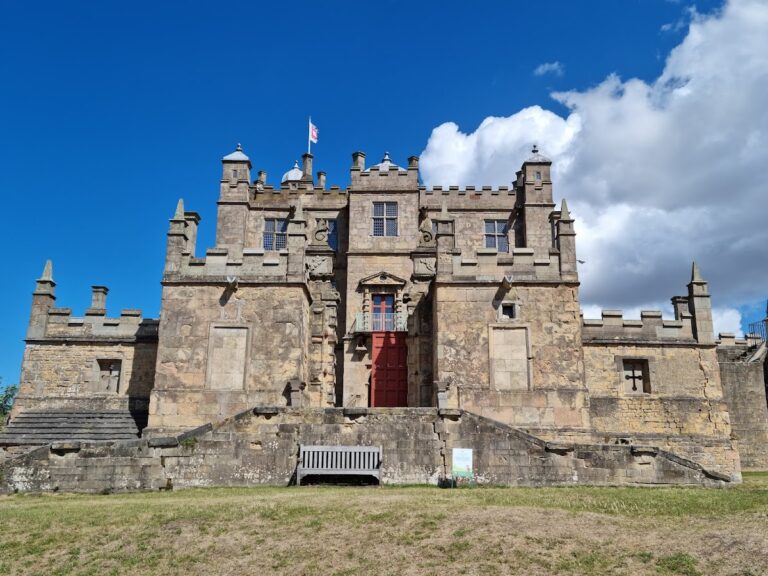Newark Castle: A Medieval Fortress in Newark-on-Trent, United Kingdom
Visitor Information
Google Rating: 4.5
Popularity: Medium
Google Maps: View on Google Maps
Official Website: www.newark-sherwooddc.gov.uk
Country: United Kingdom
Civilization: Medieval European
Remains: Military
History
Newark Castle, located in Newark-on-Trent, United Kingdom, was established in the mid-12th century by Alexander, Bishop of Lincoln. The foundation followed a royal charter, likely granted in 1135 by King Henry I, which permitted construction of the castle along with modifications to the nearby Fosseway road and the creation of a fishpond. This charter marks the beginning of the castle’s role within the medieval landscape of England.
Originally, the fortress comprised timber structures that served defensive and administrative purposes. Towards the end of the 12th century, the castle underwent a significant transformation when its wooden buildings were replaced with stone. This reconstruction not only fortified the site but also reflected its growing importance. During this period, Alexander also set up a mint within the castle grounds, indicating the castle’s function as a centre for economic activity under ecclesiastical authority, as Alexander held both religious and secular power.
A notable event in the castle’s history occurred in October 1216, when King John died at Newark Castle. Historical accounts report he succumbed to dysentery on the night of the 18th, shortly after attending a feast. This royal death places the castle within the turbulent context of early 13th-century English politics.
Newark Castle’s military significance continued for centuries until the English Civil War in the 17th century. In 1648, it was deliberately slighted—an act of controlled demolition aimed at rendering it unusable for military purposes. This partial destruction led to the castle’s eventual decline and abandonment, leaving it in a ruined state.
Efforts to preserve and restore Newark Castle began in the 19th century. Between 1845 and 1848, the architect Anthony Salvin undertook substantial restoration work. Later, in 1889, the local municipal corporation acquired the site and continued restoration initiatives. Recognized for its heritage, the castle was designated a scheduled monument and granted Grade I listed status in 1950, acknowledging its significant historical and architectural value.
Remains
Newark Castle’s surviving remains primarily consist of stone structures that enclose an inner courtyard, reflecting the layout established during the late 12th-century rebuilding. The outer walls form a defensive enclosure typical of medieval castles, and though incomplete, they provide a clear sense of the original fortification’s scale.
One of the most prominent features is the 12th-century gatehouse, which overlooks the site to the south. This gatehouse served as the main entrance and defensive point of the castle. The structure’s stone construction is a testament to the later phase of rebuilding, replacing the earlier timber stronghold. Restoration work in the 19th century is evident in the brick sections found in the gatehouse, a visible mark of preservation efforts that sought to stabilize the medieval fabric.
Within the castle precinct is the Gilstrap Heritage Centre, housed on the grounds and dedicated to interpreting the castle’s history, particularly its role during the English Civil Wars. Nearby, the Castle Ranger’s office occupies the northwest corner of the courtyard, integrating modern functions within the historic layout.
Overall, the castle remains as a partially restored ruin, with substantial stone walls and the gatehouse standing in situ. The preservation reflects a balance between its 17th-century slighting damage and later 19th-century restoration, offering a tangible link to its varied and eventful past.










